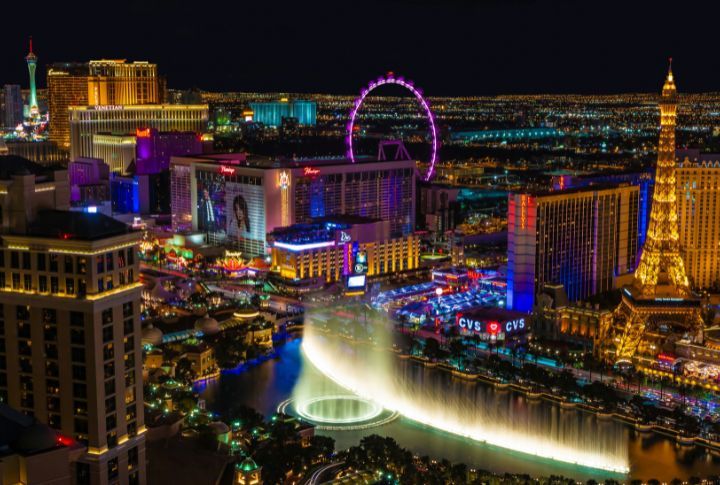
Urban growth doesn’t always mean building up—it often means stretching out. Across the U.S., cities are expanding their footprints at a record pace, adding miles of roads, homes, and pavement without adding much density. Here are 10 cities where sprawl just keeps happening.
Phoenix, Arizona
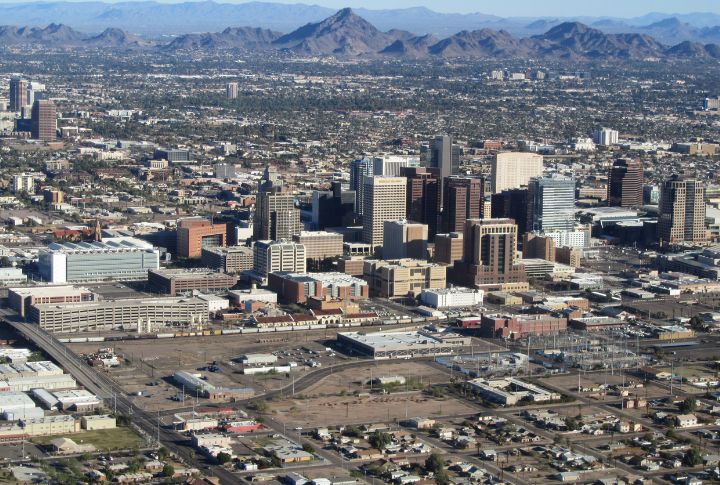
The nation’s eleventh-largest city by area, Phoenix, spreads across 517.9 square miles with a low population density of 3,232 per square mile. Suburban tracts push deep into the Sonoran Desert, and almost every phase of its growth depends on cars.
Oklahoma City, Oklahoma
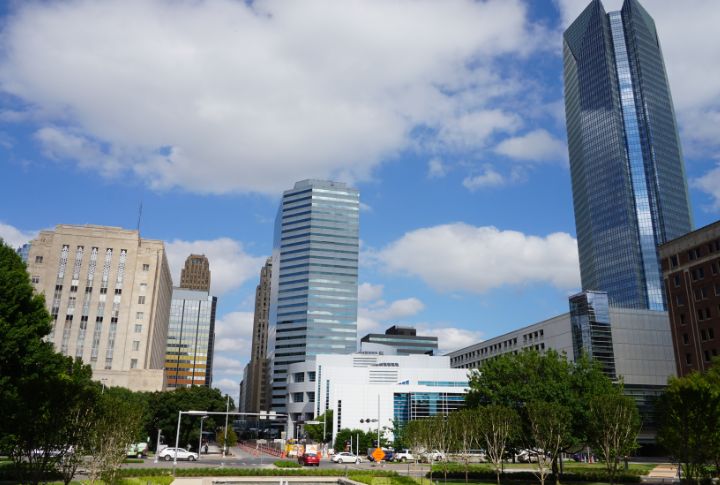
Over 600 square miles fall within Oklahoma City’s borders, yet much of it remains thinly settled. Single-family zoning rules dominate, even where paved streets stretch past the edges of actual communities. The grid expands, but many of those roads don’t lead to people.
Houston, Texas
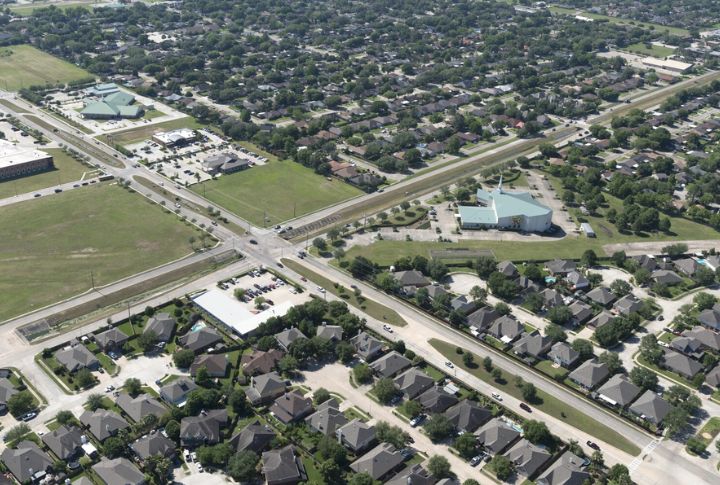
Zoning never showed up in Houston’s rulebook. Since the beginning, the city has blended residential, commercial, and industrial properties freely across more than 600 square miles. With no density limits in place, development continues to unfold without any resistance.
Atlanta, Georgia
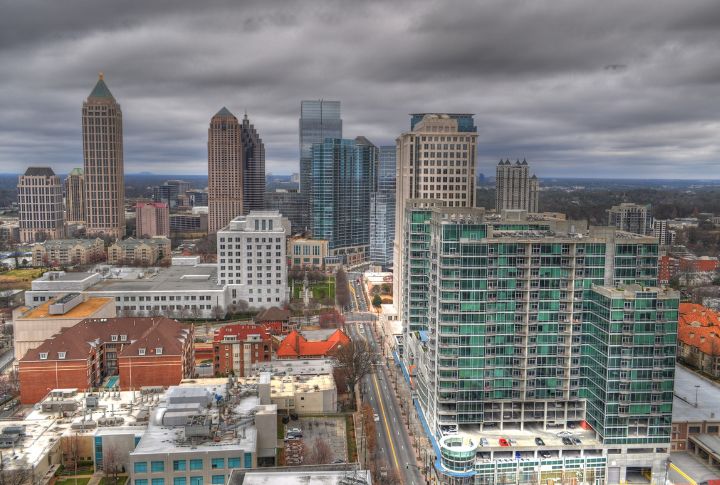
You won’t find many U.S. cities with commute times worse than Atlanta’s. For many, the daily trip exceeds 35 minutes. Beyond the downtown core, public transit access is minimal, and the region’s sparse urban density makes driving the default option.
Salt Lake City, Utah
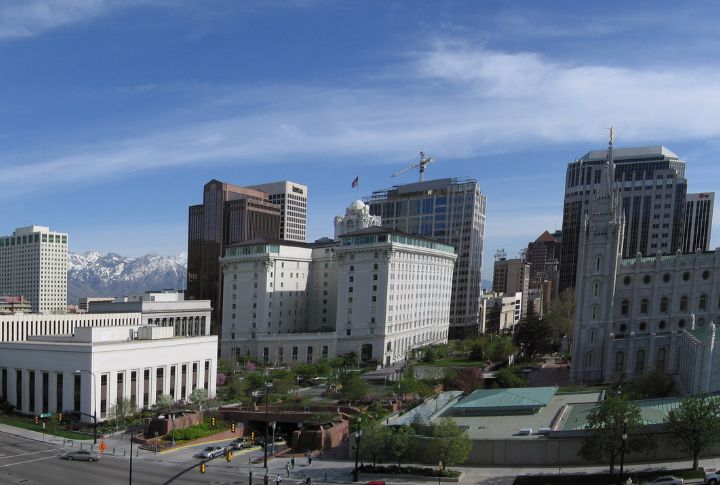
Suburbs have taken the lead in Utah’s capital region, where median lot sizes hover around 5,000 square feet. More than 4,450 new residents arrive each year, mostly settling in exurban areas. Street designs often favor cul-de-sacs instead of connected, walkable neighborhoods.
Dallas, Texas

Few places have expanded outward as aggressively as Dallas. Instead of stacking skyward, the city builds out—fast. A significant number of workers rely on cars, while transit networks lag behind, as highways continue to multiply across the ever-widening metro area.
Las Vegas, Nevada
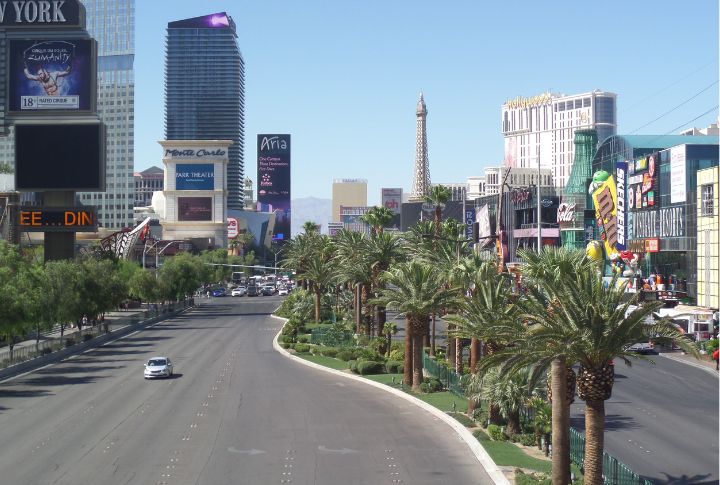
Las Vegas is no stranger to rapid transformation and has more than doubled its urban size since 1990. Single-family homes dominate the scene, and per capita land use ranks among the nation’s highest. Most of that development now stretches into desert flats.
San Antonio, Texas
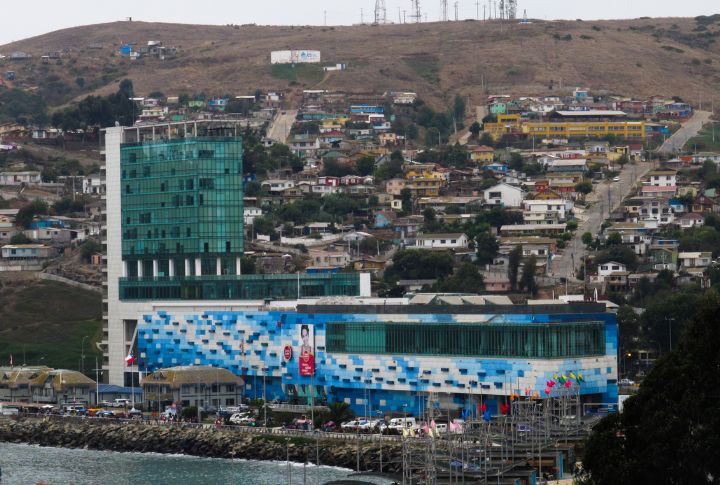
Over 500 square miles fall under San Antonio’s umbrella. But while it gains land, it rarely gains density. Sidewalks and commercial blends remain rare in many neighborhoods, where residential sprawl continues to push the city outward instead of pulling communities together.
Charlotte, North Carolina
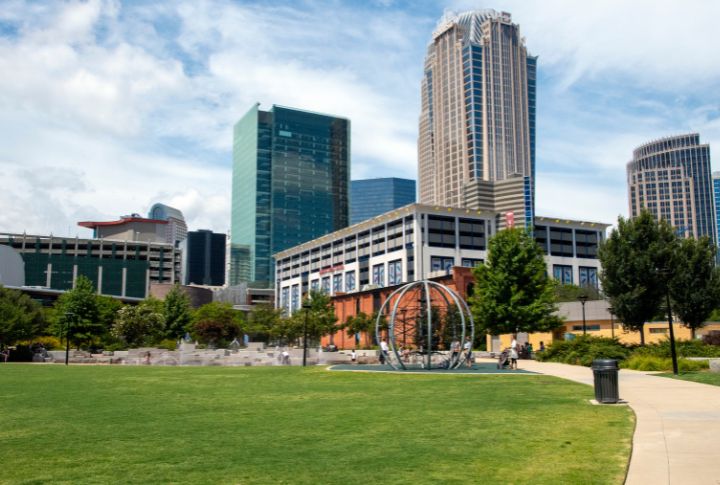
Sprawl has tripled Charlotte’s urban footprint since 1980, but services haven’t kept up. Roads stay clogged, utilities stretch thin, and schools lag behind demand. Even with all that growth, the downtown core remains modest compared to the endless rows of subdivisions surrounding it.
Raleigh, North Carolina
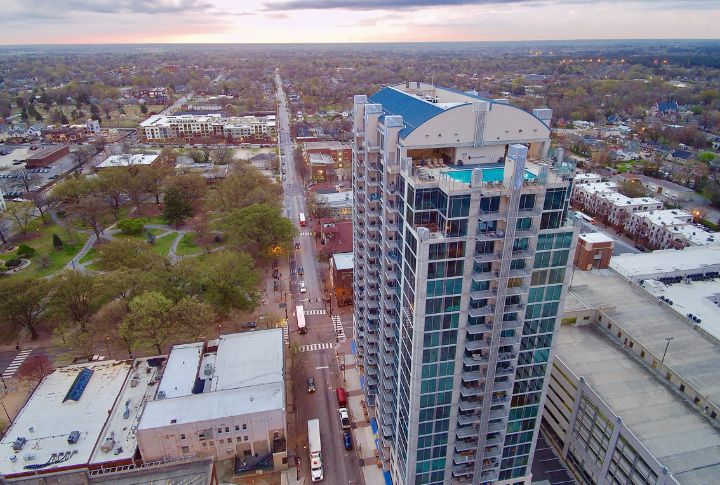
Raleigh leads the pack in building single-family homes on wide lots. New construction usually yields fewer than four houses per acre, pushing neighborhoods farther apart. Transit expansion stalled long ago, and plans for light rail remain stuck behind walls of endless development.

